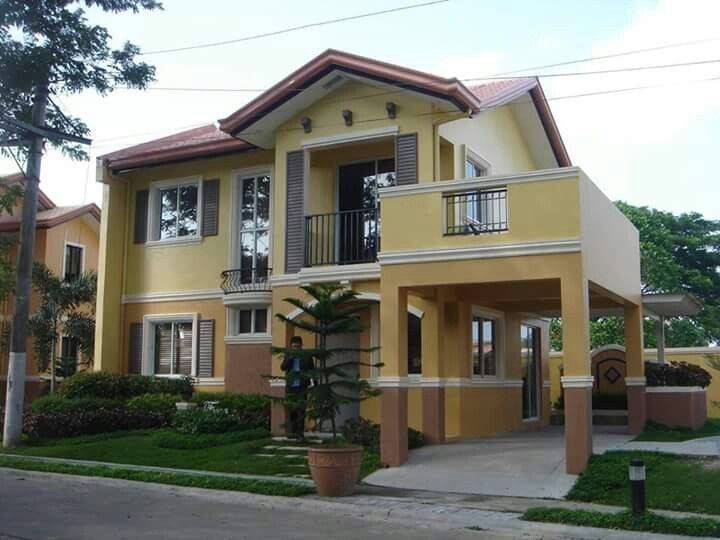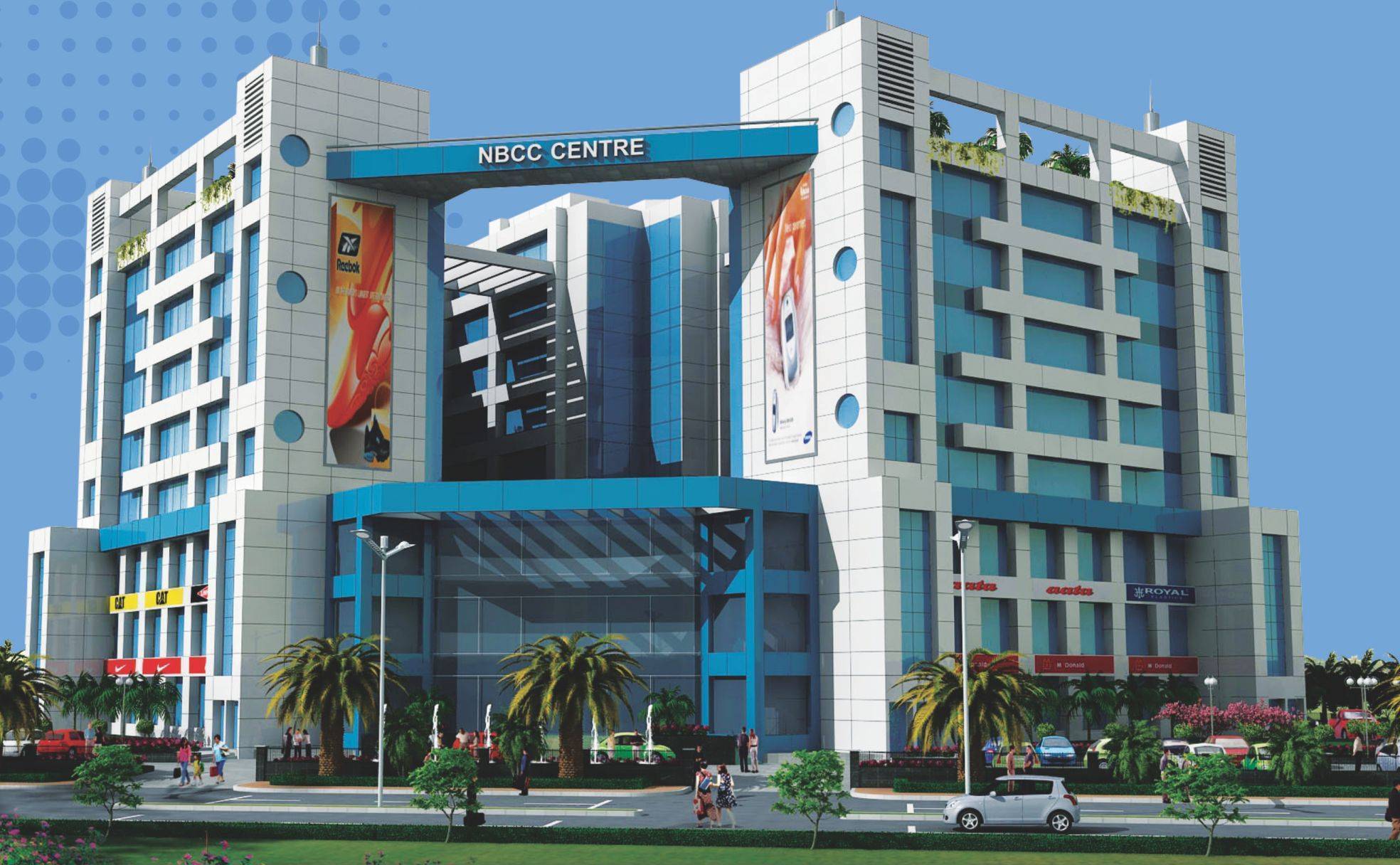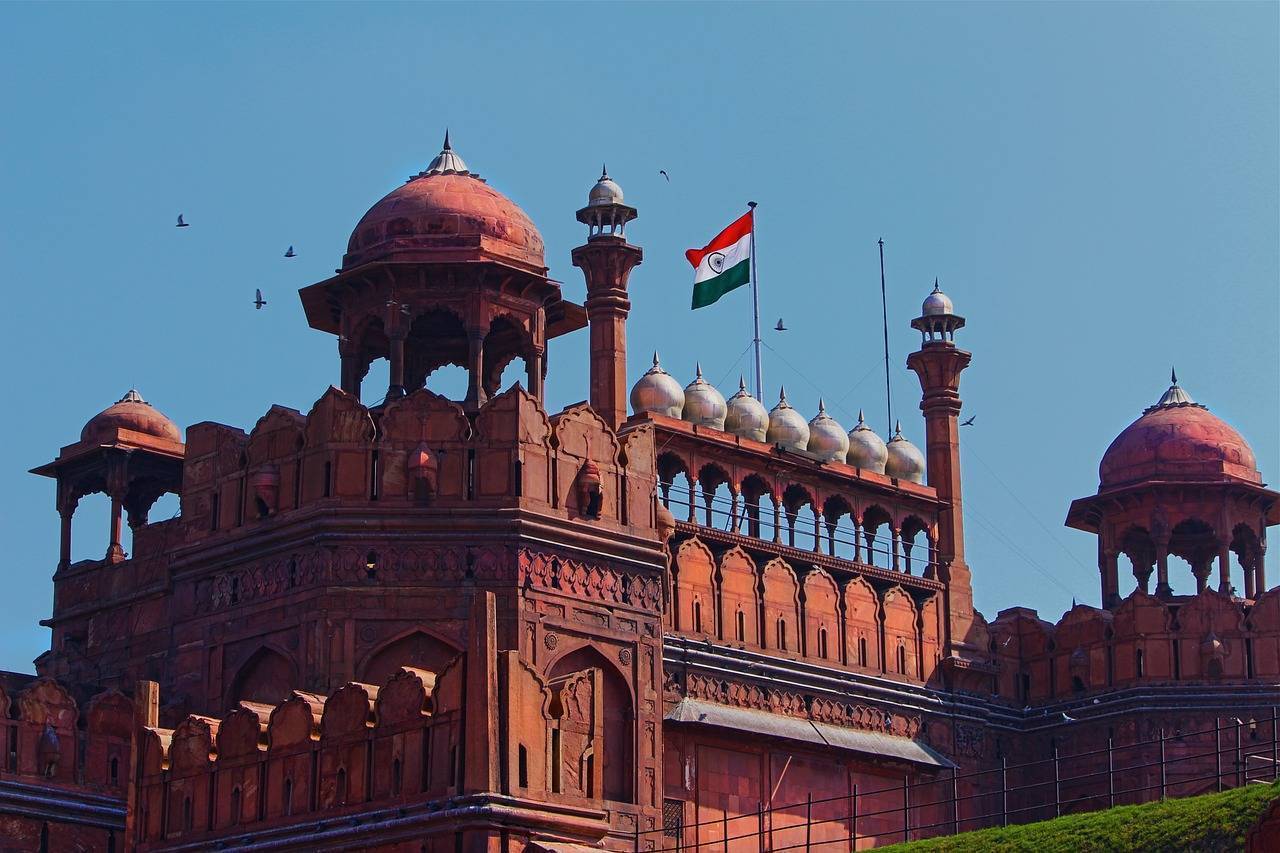In India’s rapidly evolving real estate sector, affordability is a crucial factor for homebuyers navigating rising property prices. Ahmedabad has distinguished itself as the most affordable major city in India for five consecutive years, starting from 2019. This sustained recognition is a result of the city’s effective urban planning, strategic infrastructure development, and a strong commitment to providing accessible housing. Ahmedabad’s success in balancing urban growth with housing affordability offers valuable insights and a model for other cities striving to achieve similar goals in an increasingly competitive market.
Ahmedabad vs. Other Major Cities: A Comparative Analysis of Housing Affordability
Housing affordability is a critical concern in India's urban landscape, with different cities presenting unique challenges and opportunities for homebuyers. Among the major cities, Ahmedabad has consistently stood out as the most affordable housing market. However, when compared to other cities like Pune, Kolkata, Bengaluru, Chennai, and Mumbai, the differences in affordability are striking. This analysis explores these variations, offering insights into the factors driving affordability in these diverse urban markets.
Ahmedabad: The Affordable Leader
Ahmedabad has earned its reputation as India's most affordable housing market, a title it has held since 2019. According to Knight Frank India's Affordability Index, only 21% of an average household's income is required to service a home loan in Ahmedabad. This low EMI-to-income ratio is a testament to the city’s balanced real estate market, characterized by controlled property prices, a steady supply of housing, and a robust local economy.
Several factors contribute to Ahmedabad's affordability. The city's proactive urban planning, led by the Ahmedabad Urban Development Authority (AUDA), ensures well-regulated growth with adequate infrastructure and services to support residential developments. Additionally, Gujarat's state government has implemented policies that promote affordable housing projects, further enhancing the city's appeal to homebuyers. Infrastructure projects like the Ahmedabad Metro have improved connectivity, making the city even more attractive for residents and investors.
Pune and Kolkata: Close Contenders
Following Ahmedabad, Pune and Kolkata rank as the next most affordable cities, each with an EMI-to-income ratio of 24%. Pune, known for its IT and education sectors, has maintained housing affordability through a stable real estate market and ongoing infrastructure development. The city's strong job market and rising income levels contribute to sustained demand for housing, keeping it within reach for middle-income earners.
Kolkata offers a different kind of affordability, rooted in its lower cost of living and less speculative real estate market. The city's rich cultural heritage and established residential areas provide a variety of affordable housing options. Kolkata’s real estate market is characterized by stable property prices, making it a viable option for homebuyers looking for affordability without compromising on urban amenities.
Bengaluru and Chennai: Balancing Affordability and Growth
Bengaluru and Chennai, both economic powerhouses driven by IT, manufacturing, and services, present a more complex affordability scenario. Bengaluru’s EMI-to-income ratio stands at around 25%, reflecting the pressures of rapid urbanization and high demand for housing. Despite rising real estate prices, the city remains relatively affordable due to the availability of housing options in suburban areas and ongoing infrastructure improvements.
Chennai also has an EMI-to-income ratio of 25%, balancing its status as a growing industrial hub with the need to keep housing accessible. The city’s diverse real estate market offers everything from luxury apartments to affordable housing projects. However, challenges related to infrastructure and traffic congestion could impact future affordability if not addressed, making urban planning a critical factor in sustaining Chennai’s housing market.
Mumbai: The Only ‘Unaffordable’ Major City
Mumbai stands in stark contrast to cities like Ahmedabad. With an EMI-to-income ratio of 51%, Mumbai is classified as "unaffordable" according to Knight Frank’s standards. This means that over half of an average household’s income would be required to service a home loan, making homeownership unattainable for many residents. Mumbai’s high property prices are driven by factors such as limited land availability, high demand, and intense speculation in the real estate market.
Historically, Mumbai has always been a challenging market for homebuyers. Although the affordability index has improved from 93% in 2010 to 51% today, the city remains one of the most expensive in India. The high cost of land, coupled with the financial capital’s economic opportunities, continues to push property prices beyond the reach of many.
Government Policies and Economic Factors
The varying levels of affordability across these cities are not just a result of market forces but also of government policies and economic conditions. For instance, the Reserve Bank of India’s (RBI) reduction in the repo rate has lowered borrowing costs, making home loans more accessible nationwide. However, the impact of these policies varies by city. Ahmedabad, with its emphasis on affordable housing and regulated urban development, has reaped the most significant benefits from these policies.
In contrast, Mumbai, where the real estate market is heavily influenced by speculation and limited land availability, has seen less impact. This divergence underscores the need for localized strategies to address housing affordability, tailored to the specific needs and challenges of each city.
The Future of Affordability in Indian Cities
Looking ahead, cities like Ahmedabad, Pune, and Kolkata face the challenge of maintaining their affordability while continuing to grow and develop. For Bengaluru and Chennai, the focus will need to be on managing the pressures of rapid urbanization and infrastructure development to ensure that housing remains within reach for all income groups.
For Mumbai, significant policy interventions may be required to address the underlying issues driving up property prices, such as land scarcity and speculative investment. Without such measures, Mumbai is likely to remain unaffordable for the foreseeable future, potentially limiting its appeal to new residents.
Conclusion
Ahmedabad's reputation as the most affordable housing market highlights its successful balance between development and housing accessibility. By maintaining strategic urban growth and supportive policies, Ahmedabad sets a benchmark for other cities aiming to enhance housing affordability. As these favorable conditions persist, Ahmedabad is likely to remain a leading example of affordable housing in India.
Image source- Pinterest









.png)